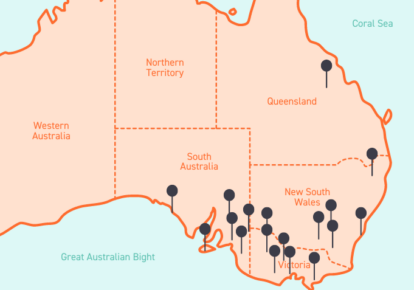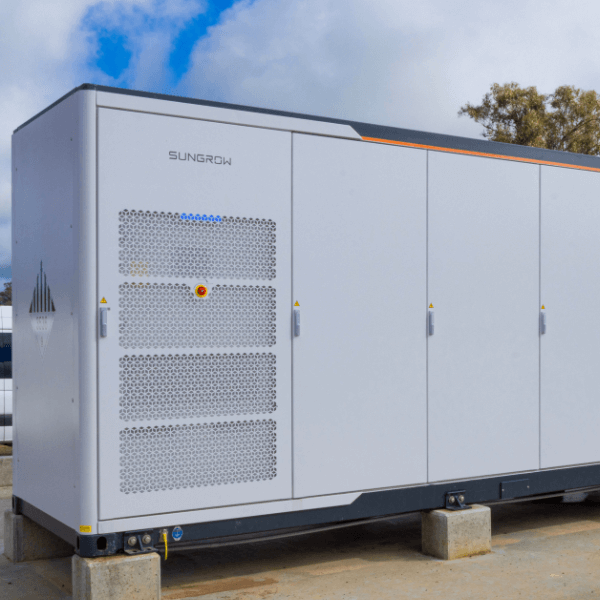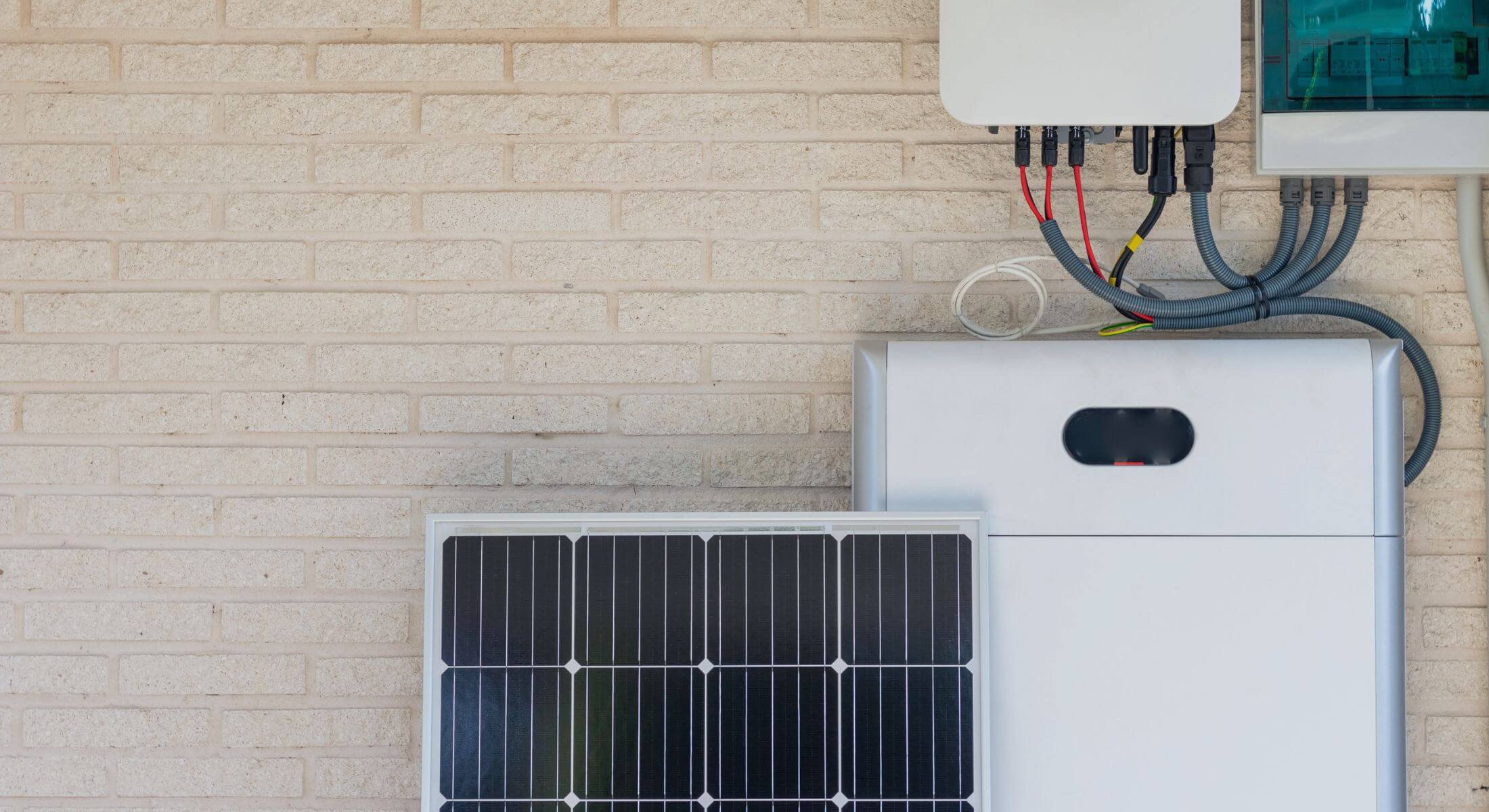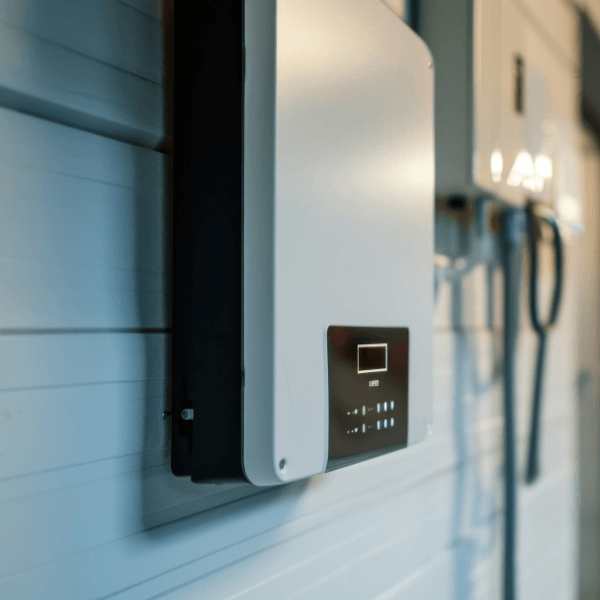On April 12th (2019), Flow Power hosted a webinar to discuss how Corporate Renewable Power Purchase Agreements (PPAs) could help Australian manufacturers drive down energy costs.
Manufacturing ranks as one of Australia’s most energy intensive industries, and with energy costs increasing, the time is right for manufacturers to take energy into their own hands.
For manufacturers wanting to break free from increasing fixed-rates, there are alternatives. In recent years, PPAs have come to the fore as an energy solution for businesses.
PPAs allow businesses, like manufacturers, to connect with large-scale wind and solar projects and secure low-cost long-term energy agreements.
Last month, Flow Power’s experts discussed how these deals can help manufacturers drive down energy costs and the opportunities available to manufacturers wanting to make the switch.
Renewable energy for manufacturers
After receiving offers 200% more than previous fixed-rate contracts, a Victorian manufacturing company were forced to find an alternative energy procurement option, or face the possibility of moving operations offshore.
Until recently, manufacturers have enjoyed low-cost fixed-rate contracts. However, energy prices have increased and many businesses coming off these plans have faced increases of up to 200%.
This is the challenge that faced a Victorian manufacturer, which was looking to enter a new energy agreement in late 2017. John, the manufacturer’s operations manager, was receiving offers much higher than he had expected.
This forced him to weigh up two options: move his operations off-shore or find an alternative.
So, John came to Flow Power.
Our team of experts were able to analyse the business’s energy usage to set a tailored solution – a PPA. This agreement would connect the business to a blend of wind and solar, maximising the benefits of linking to renewable power.
In just one year, the manufacturer’s energy costs have decreased by 29 percent. It has allowed them to invest in expanding its local sites – a significant change from the dilemma John faced in 2017.
Now, John is looking to implement a demand management strategy to reduce costs even further. Just a small shift to reduce his operations by 50% between the 4-7pm daily peak period would save the business an additional six percent.
Things to take away
With the right strategy, manufacturers can turn energy into a competitive advantage. PPAs not only allow manufacturers to lock in low-cost pricing for long-term periods, but also allow them to meet sustainability goals and plan for the future.
It’s a solution with a proven track record too, generating savings of more than $15M collectively to businesses signed onto Flow Power’s PPAs since the beginning of 2018.
Flow Power has already allocated 204MW of its wind and solar offering. The remaining 241MW could provide many opportunities for manufacturing businesses for the next ten years, if they get in quick.
Q&A
How is Flow Power’s Corporate Renewable PPAs so different to others on the market?
Flow Power’s Corporate Renewable PPA is integrated into a retail offering and is simpler than a financial PPA; a direct agreement with a generator requiring legal, compliance and accounting engagement.
There is an additional layer of complexity compared to a traditional fixed-rate contract, but it operates in the same way as any other electricity agreement does. The customer receives a monthly bill, but prices are calculated differently. Once the contract begins, the business is removed from market exposures, allowing the continued benefits of linking to renewables, resulting in lower cost electricity.
What type of manufacturing business would be most suited to signing a Corporate Renewable PPA?
All manufacturing businesses are suitable for renewable generation. We cover a broad range of manufacturing businesses, from food and beverage all the way through to industrial.
We match the types of generation to the manufacturer’s specific usage profile to determine who is suitable to sign a Corporate Renewable PPA with a large wind or solar farm. Large manufacturers with significant energy footprints are generally more suited to a Corporate Renewable PPA.
Do you offer both wind and solar PPAs? Are there any differences between the two?
We have wind and solar capacity available in all mainland National Electricity Market (NEM) states.
Together, wind and solar are complementary and most of our customers are sourcing both. Customers that have a stable amount of power around the clock are likely to use more wind power as that has more of a stable profile across the day. For businesses who have more of a peak load profile, including more of a daytime load, we might weight its contracting more towards solar as opposed to wind.
Why are so many customers still so against PPAs?
We are seeing more businesses interested in PPAs and renewable generation as potential ways to contract electricity.
One of the biggest challenges that the Australian market faces is accessing the generation. Often the output of generation projects is reserved for very large retailers or customers. There is no direct avenue, aside from retailers like Flow Power that offer small to medium-sized customers the ability to contract or purchase forecasted output.
However, more renewable generation is expected in the future, as it is the cheapest form of energy entering the market today. PPAs are a great opportunity for businesses to get onboard and benefit from this lower cost generation.
How are Large-scale Generation Certificates (LGC’s) taken into consideration with a Power Purchase Agreement?
Under the PPA the business has the option to include those certificates in one of two ways.
It can use them to offset the current LGC charge that every business can see on their retail bill, or it can purchase them d additionally to claim a reduction in carbon through different schemes such as GreenPower. One of the most significant advantages of Flow Power’s Virtual Generation model is that businesses can elect not to purchase the LGCs.
Do you think the current grid can handle large amounts of renewables?
Renewable plants are impacted by the marginal loss factors (MLFs), a calculation that allows the calculation of the actual electricity delivered to the end user.The projects that are connected and generating now are only able to do so because the market operator has signed off on them. Some of the newer projects being developed need to invest in other infrastructure to support the grid stability. This is a broader trend that the state government is working on to ensure the grid is equipped to handle more renewables.
How long does the process take when a customer approaches you with a request till they sign a PPA?
Flow Power contracts are designed to be a simple and easy process for a customer to sign off on. The contract has already been negotiated with the retailer and best terms have been offered to them, which means a reduced timeframe to close it.
Financial PPAs are a longer process, as they can take six to 12 months or even longer to negotiate.
With the virtual generation agreement through the retailer, we see greatly simplified contract terms as opposed to the financial PPA contracts. They are also available to smaller customers.
Is there a minimum capacity the customer needs to sign for a PPA?
Providing a customer meets the wholesale test this looks like an energy spend of $4,000 or $5,000 a month, we can power them through a VGA.
Any questions? We’re here to help.
If you’re interested in learning more about Power Purchase Agreements, our friendly team are always available for a chat.
If you’re an existing Flow Power customer, please do not hesitate to reach out to your account manager.
If you’re not a Flow Power customer contact our friendly team today:
? 1300 08 06 08 (within business hours)
?️ Live chat message (within business hours via the chat button at the bottom of your screen)
Alternatively, you can submit your questions through our website contact form here.














